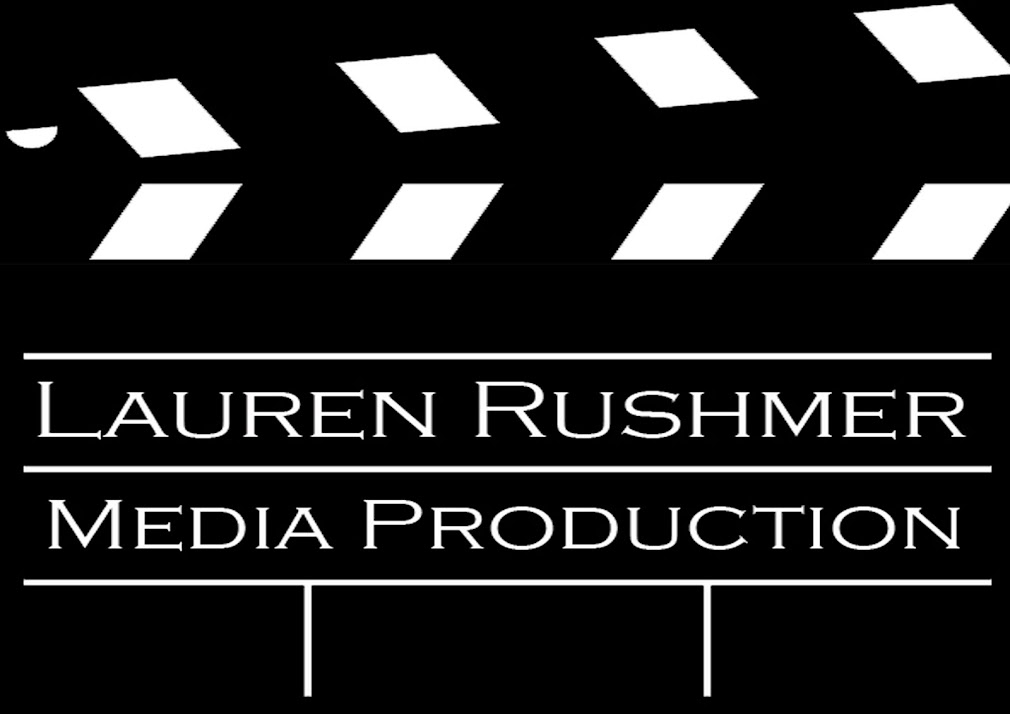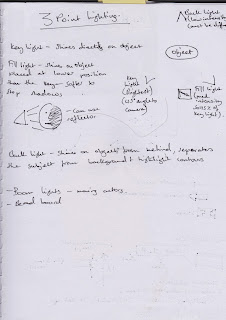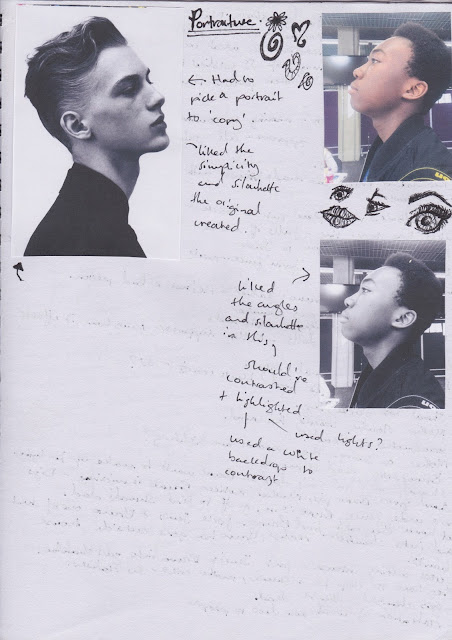Caught draft 3 from Synflame
Feedback:
Feedback:
- attitude in moral premise isn't clear
- identify the attitude in moral premise
- try and make story visual by using objects and actions
- mind change - not painful enough
- not clear about jumper in script
- end - how serious is it? needs to be more clear
I agree that the moral premise isn't quite there yet, we need to develop this further so that we can identify what the attitude is and what we want to happen in the film, the mind change needs to be more painful and the script needs to be clearer for our audience while keeping in mind that the film needs to be visual.















